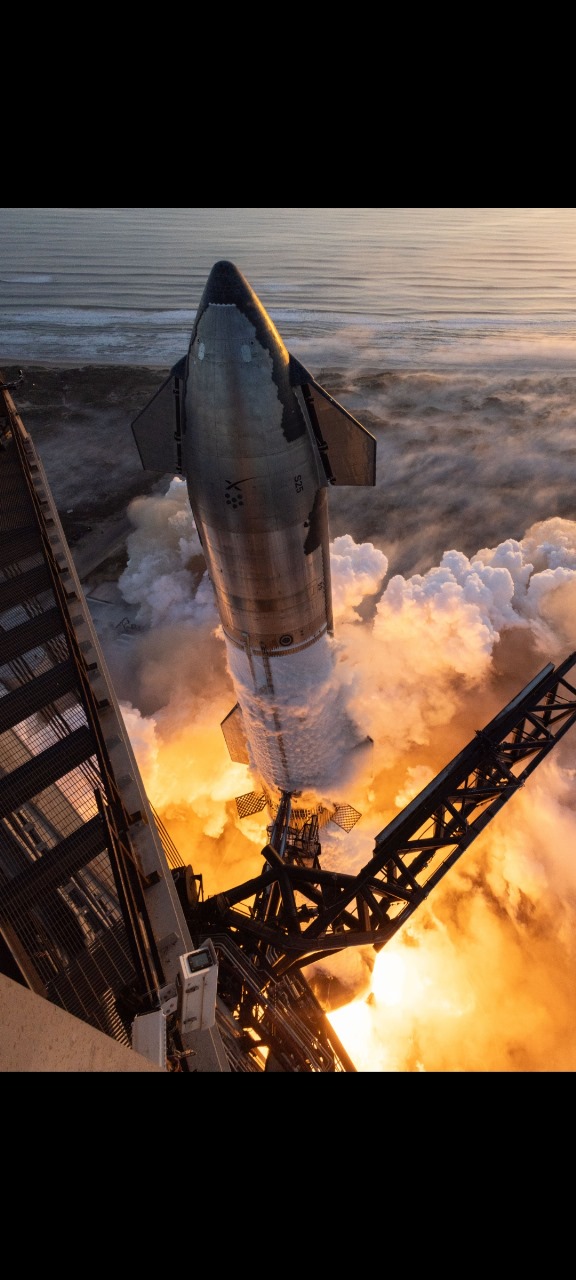A satellite or artificial satellite[a] is an object intentionally placed into orbit around a celestial body. Satellites have a variety of uses, including communication relay, weather forecasting, navigation (GPS), broadcasting, scientific research, and Earth observation. Additional military uses are reconnaissance, early warning, signals intelligence and, potentially, weapon delivery. Other satellites include the final rocket stages that place satellites in orbit and formerly useful satellites that later become defunct.
First Earth satellite: Sputnik (1957) :
Sputnik, more officially known as Sputnik 1, was the first artificial satellite to safely make it into Earth orbit.
The Soviet Union launched it in secret on Oct. 4, 1957, from the Baikonur Cosmodrome in Kazakhstan, the same location where Russia launches crews to the International Space Station nowadays.
While in space, Sputnik gathered data on the density of the upper layers of Earth's atmosphere and measured how well radio signals transmit in the ionosphere, a layer in the upper atmosphere that is full of charged particles. Space observers commonly say that the surprise of Sputnik spurred the United States to engage in a space race to send satellites — and eventually, astronauts — into orbit to show the merits of democracy over communism.
First U.S. satellite of Earth: Explorer 1 (1958) :
The United States made two attempts to send a satellite into space after the Soviet Union's Sputnik. The first effort failed, but Explorer 1 successfully flew into space on Jan. 31, 1958.
Explorer 1 is best remembered for confirming zones of charged particles trapping radiation in the magnetosphere of Earth, called the Van Allen belts. The belts have remained continued objects of investigation across space missions ever since, to better understand how they fluctuate with space weather — the interaction of the sun's activity with the Earth's sphere of influence.
First satellite to image Earth: Explorer 6 (1959)
The main mission of NASA's Explorer 6 satellite, which launched on Aug. 7, 1959, was to study radiation trapped in Earth's upper atmosphere, and to determine how often micrometeorites penetrate our atmosphere and the area near our planet.
But a valuable side mission saw the satellite take the first image of Earth from space on Aug. 14, 1959, over Mexico. The image, although low-resolution by today's standards, demonstrated the potential of using space machines to take pictures of our planet. Today we commonly use Earth observation satellites to image the surface and atmosphere in many wavelengths of light to track phenomena such as climate change, agricultural yield or natural disasters.
First passive satellite communications experiment: Echo I (1960)
Echo 1 was the first experiment to try passive communications from orbit. The spacecraft was a balloon made of Mylar polyester film that could reflect microwave signals. The satellite was tested for transcontinental and intercontinental telephone, radio and television signals.
While Echo 1 and its successor Echo 2 worked well, NASA elected to focus on active communications technology. Still, the "sateloons" spurred research into inflatable structures that led to applications like the Bigelow Aerospace module now attached to the International Space Station.
First satellite to study weather: TIROS 1 (1960)
NASA's TIROS 1 (Television and Infrared Observation Satellite) launched on April 1, 1960 on a test mission to see how well satellites could send TV pictures from space to Earth to observe the weather.
The satellite had two cameras, a wide angle one and a narrow angle one, to take pictures of cloud cover over Earth. Today, most of our weather forecasts come from satellites that constantly gaze at the Earth from geosynchronous orbit, although more small satellites in low Earth orbit are supplementing those observations. TIROS also ushered in satellites devoted to TV broadcasting, starting with Telstar in 1962.
